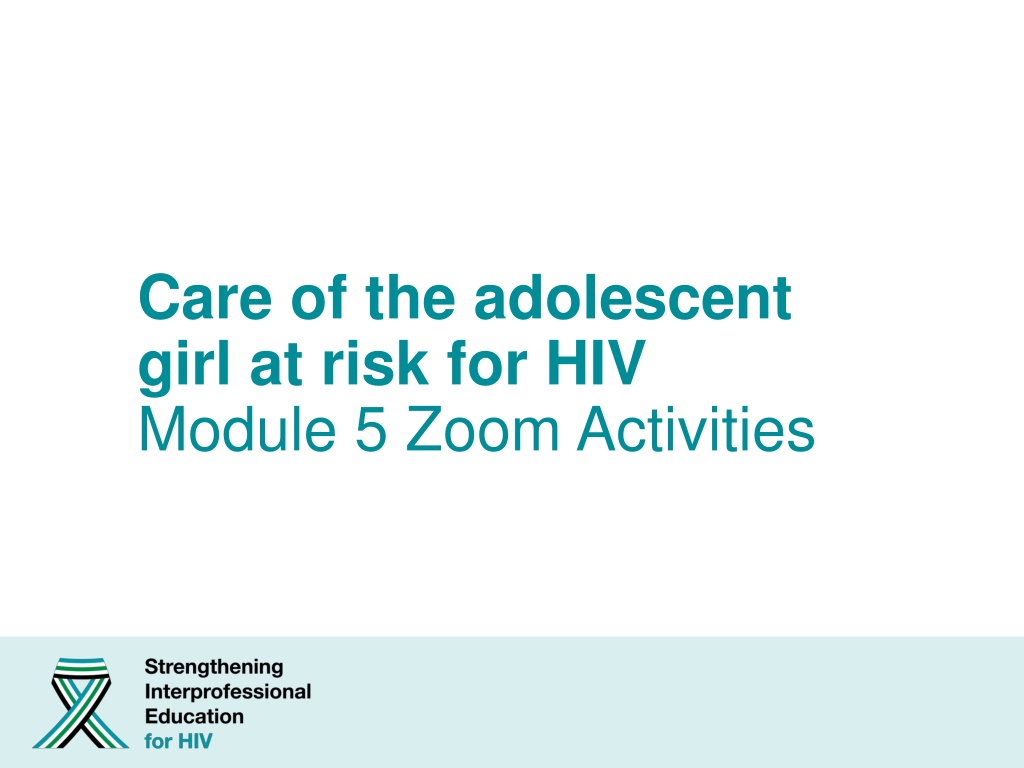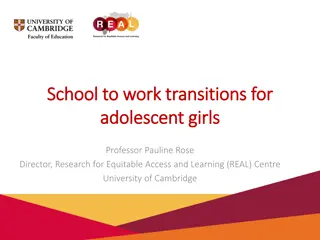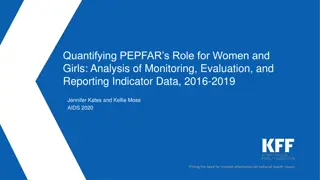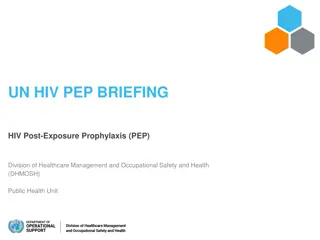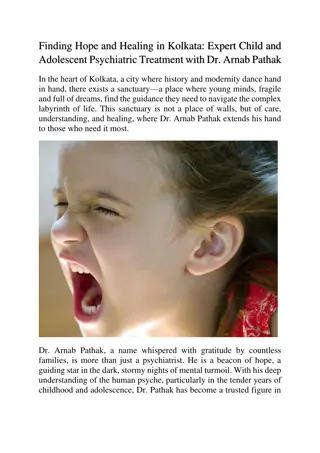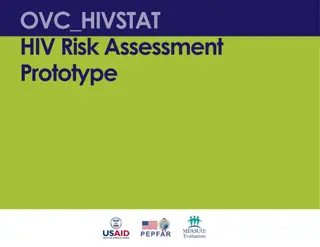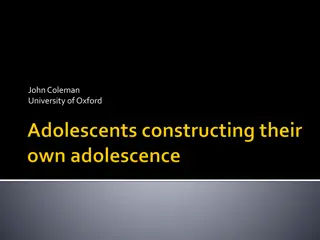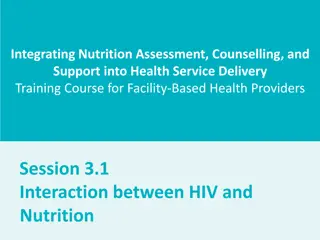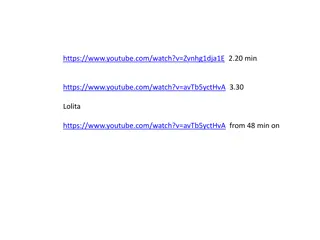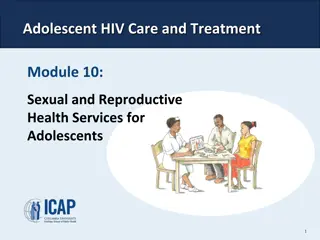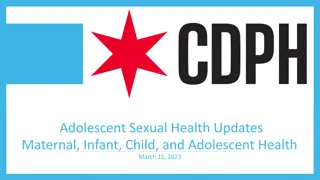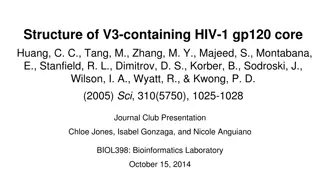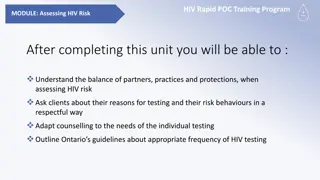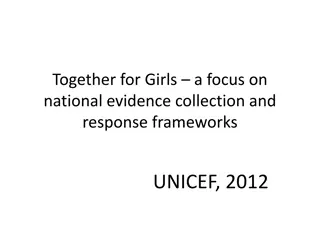Strategies for Taking Sexual History with Adolescent Girls at Risk for HIV
Explore non-judgmental strategies for discussing sexual history with young women at risk for HIV through interactive role-playing activities. The case study of Mary, a 17-year-old girl involved with an older man, prompts reflection and discussion on challenges and solutions when obtaining sensitive information from patients. Learn to address provider discomfort, confidentiality concerns, and patient hesitancy to improve communication and care in adolescent health settings.
Download Presentation

Please find below an Image/Link to download the presentation.
The content on the website is provided AS IS for your information and personal use only. It may not be sold, licensed, or shared on other websites without obtaining consent from the author. Download presentation by click this link. If you encounter any issues during the download, it is possible that the publisher has removed the file from their server.
E N D
Presentation Transcript
Care of the adolescent girl at risk for HIV Module 5 Zoom Activities
#1: Sexual history role play Objective: Discuss non-judgmental strategies for taking a sexual history and recognize reasons why young women/adolescents may engage in high risk sexual practices
Case Mary is a 17-year-old girl who presents at the outpatient department (OPD) complaining of vaginal discharge which she has noticed every morning for the previous week. She lives with her grandmother who is unable to pay for Mary s school fees. As a result, Mary goes out with an older man who financially supports her. He provides her with some pocket money and other niceties.
Role play instructions In pairs, choose who will play the doctor and who will play the patient. Read your appropriate part for your role from: Learner Role Play on Zoom (PDF in the LMS) After 5 minutes, switch roles and role play again
Breakout rooms 10 minutes
Reflection What was difficult about that role play?
Reflection What are three reasons why it is challenging to take a sexual history and how can you address each challenge? Reasons why taking a sexual history is challenging Strategies for making it easier to obtain sexual history
Answers Reasons why taking a sexual history is challenging Strategies for making it easier to obtain sexual history Provider discomfort or lack of experience with asking personal questions/taking sexual history Providers should practice asking questions in education or role play with colleagues Confidentiality or privacy concerns Ensure patient privacy by asking questions where others cannot hear or see the visit Lack of testing resources Comfort with explaining syndromic approach to patients Patient embarrassment Establish good relationship with patient, ensure that she knows her answers to your questions are confidential Ask open-ended questions rather than yes/no questions Referral to peer support groups Patient not willing to answer questions Patient seems overwhelmed/anxious
#2: Multidisciplinary discussion Objective: Compare multidisciplinary strategies to prevent HIV in adolescents
Multidisciplinary rounds instructions In your small group, choose one of the following roles: Doctor, nurse practitioner, or other health worker Community activist Peer advocate Discuss strategies from the perspective of your selected role that could be used to support adolescents engagement and retention in care
Breakout rooms 10 minutes
Answers Multidisciplinary Team Member Doctor/Nurse Practitioner/Health care Worker Role/Activity Create a welcoming environment for adolescents Ask open-ended questions Listen to what your adolescent patients say Empower your patients to speak up Ensure you are comfortable asking difficult questions Involve community members and peer advocates Address barriers to accessing health care services Provide education to community members about safe sex practices Encourage STI screening and HIV testing Act as a liaison between the healthcare workers and the community Help address barriers to accessing health care services (at a policy level) Build relationships with adolescents to encourage engagement with the healthcare system Serve as a role model Provide support to adolescents at risk Empower adolescents to seek care Community activist Peer advocate
